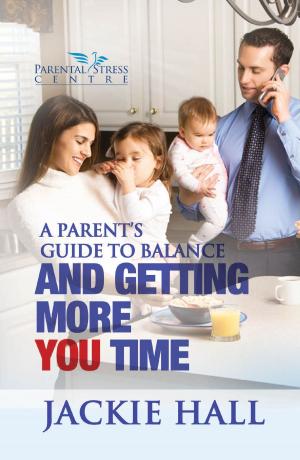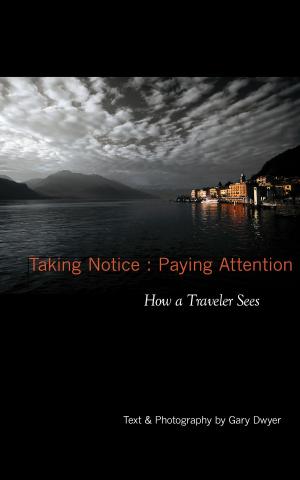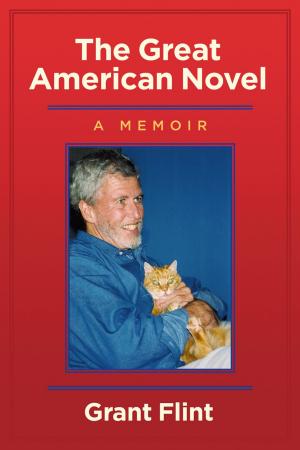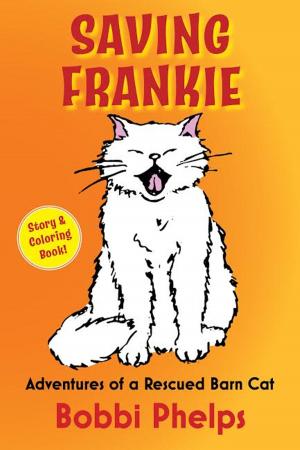| Author: | Allen Chan | ISBN: | 9781483505411 |
| Publisher: | BookBaby | Publication: | August 18, 2013 |
| Imprint: | Language: | English |
| Author: | Allen Chan |
| ISBN: | 9781483505411 |
| Publisher: | BookBaby |
| Publication: | August 18, 2013 |
| Imprint: | |
| Language: | English |
In the late 2007, the Federal Reserve eased monetary policy aggressively to deal with the emerging financial crisis and the recession that grew out of it. By the end of 2008, the federal funds interest rate targeted by Fed policy had been reduced to a zero-to-quarter-percent range. In addition, special lending programs and asset purchases during 2008 to dissolve frozen credit markets expanded the Fed’s balance sheet dramatically. With short-term interest rates about as low as they could go, the Fed continued to purchase Treasuries and other assets, such as commercial paper and mortgage-backed securities, in what came to be known as “quantitative easing” as distinguished from interest-rate easing. This program, later called QE1, or Quantitative Easing number 1, lasted through March 2010. The economy weakened following the end of QE1; so, on November 3, 2010, the Fed embarked on a program to buy more $600 billion in treasury securities. This program, which lasted through June 2011, was referred to as QE2. The Fed’s lending and asset purchases during its conventional easing in 2008, plus QE1 and QE2, increased its total assets (and liabilities) by about $2 trillion, to about $2.8 trillion, where they have remained since mid-2011. During 2012, the already weak recovery from the recession weakened further. At the same time, inflation remained close to the Fed’s new target rate of 2 percent. The Fed has a dual mandate from Congress to strive for both low inflation and low unemployment. It was meeting its low inflation mandate, but unemployment remained stuck above 8 percent, after having fallen from its peak of 10 percent. QE3. Because its dual mandate was getting further out of balance—inflation was tame, but unemployment was stuck above 8 percent—the Federal Reserve announced a third round of quantitative easing on September 13, 2012. The Fed said it would buy $40 billion of agency mortgage-backed securities per month until the unemployment rate declined substantially. The goal is to pump more liquidity into the economy in a way that will reduce mortgage interest rates further. The QE3 has further increased inflation, cost of living has gone up and income remain stagnant. The global financial system is a house of cards, debt upon debt. Prosperity has been borrowed from the future time and again and now the bills are due. In your daily life, did you compare the amount of money you paid for a full tank at the gas station about five years ago to today? Did you go for a full shopping cart in the grocery store at the same price it was some years back? With this, you should know that things are going bad and no one is saying the truth, they pretend all is fine. This is the reason why you need to protect your future, live the life you want and be rich by learning how to: Invest in Gold & Silver Invest in Stock Invest in Property Internet Marketing Flip Website Trade domains Create Website for small business owner Write and sell eBook Option trading Trade Forex You can pick one of the above or combine two or more together to make money and be rich. It is not as difficult as you think. You will be learning the basics in this e-book. Ready, let’s go!
In the late 2007, the Federal Reserve eased monetary policy aggressively to deal with the emerging financial crisis and the recession that grew out of it. By the end of 2008, the federal funds interest rate targeted by Fed policy had been reduced to a zero-to-quarter-percent range. In addition, special lending programs and asset purchases during 2008 to dissolve frozen credit markets expanded the Fed’s balance sheet dramatically. With short-term interest rates about as low as they could go, the Fed continued to purchase Treasuries and other assets, such as commercial paper and mortgage-backed securities, in what came to be known as “quantitative easing” as distinguished from interest-rate easing. This program, later called QE1, or Quantitative Easing number 1, lasted through March 2010. The economy weakened following the end of QE1; so, on November 3, 2010, the Fed embarked on a program to buy more $600 billion in treasury securities. This program, which lasted through June 2011, was referred to as QE2. The Fed’s lending and asset purchases during its conventional easing in 2008, plus QE1 and QE2, increased its total assets (and liabilities) by about $2 trillion, to about $2.8 trillion, where they have remained since mid-2011. During 2012, the already weak recovery from the recession weakened further. At the same time, inflation remained close to the Fed’s new target rate of 2 percent. The Fed has a dual mandate from Congress to strive for both low inflation and low unemployment. It was meeting its low inflation mandate, but unemployment remained stuck above 8 percent, after having fallen from its peak of 10 percent. QE3. Because its dual mandate was getting further out of balance—inflation was tame, but unemployment was stuck above 8 percent—the Federal Reserve announced a third round of quantitative easing on September 13, 2012. The Fed said it would buy $40 billion of agency mortgage-backed securities per month until the unemployment rate declined substantially. The goal is to pump more liquidity into the economy in a way that will reduce mortgage interest rates further. The QE3 has further increased inflation, cost of living has gone up and income remain stagnant. The global financial system is a house of cards, debt upon debt. Prosperity has been borrowed from the future time and again and now the bills are due. In your daily life, did you compare the amount of money you paid for a full tank at the gas station about five years ago to today? Did you go for a full shopping cart in the grocery store at the same price it was some years back? With this, you should know that things are going bad and no one is saying the truth, they pretend all is fine. This is the reason why you need to protect your future, live the life you want and be rich by learning how to: Invest in Gold & Silver Invest in Stock Invest in Property Internet Marketing Flip Website Trade domains Create Website for small business owner Write and sell eBook Option trading Trade Forex You can pick one of the above or combine two or more together to make money and be rich. It is not as difficult as you think. You will be learning the basics in this e-book. Ready, let’s go!















